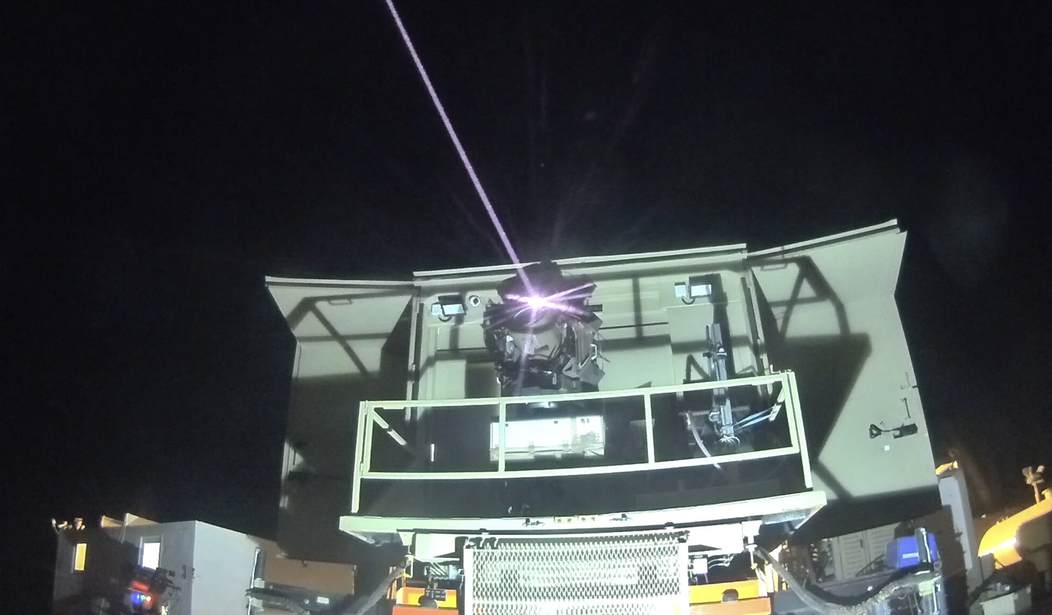I hope this isn't a repeat, but it just sounds right today.
Okay, I'm going to warn you, this is a half-hour long. Maybe look at the pretty pictures first, but I can't resist.
This is what Dr Becky is talking about.
Sapphire Canyon, a Martian sample collected by our Perseverance rover, could preserve evidence of ancient life on the Red Planet. Here's what we've learned after a year of scientific scrutiny: https://t.co/Ciohk9ly8k pic.twitter.com/B7aYV0KH1F
— NASA (@NASA) September 10, 2025
Just all sorts of great rocket pictures for this week. I'm going to scatter them through the other pictures, and I may run a little long.
Falcon 9 & IMAP transit the solar disc of our sun!
— Max Evans (@_mgde_) September 24, 2025
Next stop: the L1 Lagrange Point 1.5 million kilometers away.
📸 - @NASASpaceflight pic.twitter.com/hiGfeP4me1
This belongs in a King Arthur movie.
Clouds and stars on Glastonbury Tor. Taken early hours of the morning. pic.twitter.com/3ZyTE1dWUq
— Michelle Cowbourne (@Glastomichelle) September 25, 2025
The center of the Milky Way is in there somewhere. Hubble is continuing to do good work.
Written in the stars 🌟
— Hubble (@NASAHubble) September 23, 2025
Hubble looked toward the constellation Sagittarius, unveiling a stunning scene of stars within our home galaxy, the Milky Way.
Find out what we can learn about stars from their color and mass: https://t.co/7D9Twq2NZI pic.twitter.com/mokPQQOeLa
And the Webb refuses to roll over for Hubble.
Webb took a look at the Sagittarius B2 molecular cloud, the most massive, and active star-forming region in our galaxy, located only a few hundred light years from our central black hole. Why is it so much more active than the rest of the galactic center? https://t.co/2l8zdrAf3M pic.twitter.com/LNe3YIjLJn
— NASA Webb Telescope (@NASAWebb) September 24, 2025
Hubble delivers another blow.
UGC 1810: Wildly Interacting Galaxy from Hubble
— Shining Science (@ShiningScience) September 24, 2025
The featured galaxy is labelled UGC 1810 by itself, but together with its collisional partner is known as Arp 273.
Image Credit: NASA, ESA, Hubble pic.twitter.com/UhuJLn3TTW
A nice view from the neighborhood.
Jupiter from Hubble pic.twitter.com/vsHgAhIfBb
— Black Hole (@konstructivizm) September 24, 2025
Even closer to home.
6,700 feet up as Atlas V launches from pad 41 with more Kuiper internet satellites headed to Amazon’s LEO constellation. Beautiful morning on Florida’s Space Coast! pic.twitter.com/sCTJM1LaCL
— John Kraus (@johnkrausphotos) September 25, 2025
Here's the Moon and the ISS.
The passage of the ISS in front of our Moon.😮 pic.twitter.com/B7E2DBR80P
— Astronomy Vibes (@AstronomyVibes) September 24, 2025
One of the things that always strikes me in an airplane is how being up higher makes things look more three-dimensional. This is even more so.
EARTH seen from Space 20 minutes ago pic.twitter.com/W42vtBEppp
— Night Sky Today (@NightSkyToday) September 24, 2025
We have not one but two comets right now. This is Lemmon. (Editor's note: Comet Lemmon is not named for Jack Lemmon, much to this editor's disappointment.)
Soon-to-be naked-eye comet Lemmon
— Black Hole (@konstructivizm) September 21, 2025
Credit: Gerald Rhemann, Michael Jäger
During the period between 16th and 27th of October, the magnitude of the comet should increase from magnitude 4 to brighter than magnitude 3, and the tail will be at its longest, probably measuring between… pic.twitter.com/FTamBwmc4Y
New image of comet Lemmon (C/2025 A6) on Sep. 20, 2025 ☄️
— Milky Way (@PanatpongJ) September 23, 2025
📷Dan Bartlett pic.twitter.com/VR4iTsyn0t
I promised two comets, two comets you shall have.
Wow! Conjunction of comets SWAN and ATLAS ☄️☄️
— Milky Way (@PanatpongJ) September 21, 2025
Left: C/2025 K1 (ATLAS)
Right: C/2025 R2 (SWAN)
📷Luc Perrot pic.twitter.com/1v1m9HAorZ
More rockets. Lots more rockets.
More photos from this mornings launch: https://t.co/2aBjqTISHN pic.twitter.com/BwFZARffOo
— Asher B (@asherbphotos) September 24, 2025
This is one of my favorite photos I've ever taken. Shot during the Starlink 10-22 mission, it shows off the incredibly colorful clouds visible during this early morning launch. It also allows for clear visibility of the heat that is generated by Falcon 9. And, if you look really… pic.twitter.com/gUNSjIWLpK
— Asher B (@asherbphotos) September 19, 2025










